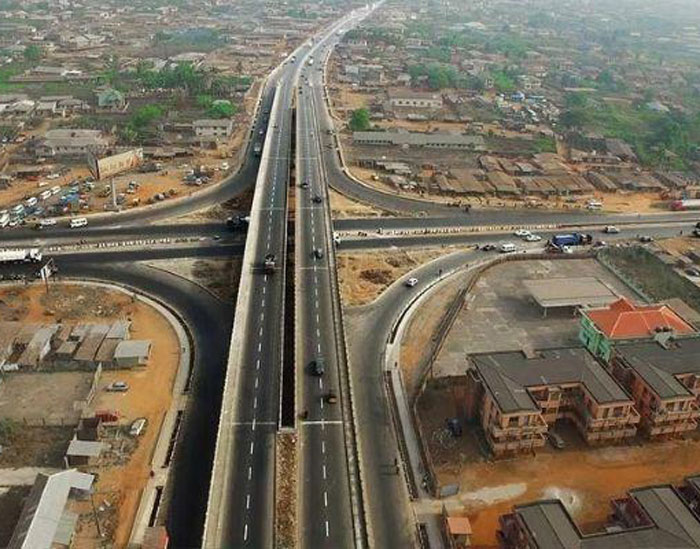Infrastructure is the backbone of any thriving nation. It encompasses the systems and structures that support the economic, social, and environmental functions of society. Roads, bridges, railways, ports, airports, energy systems, water supply, and telecommunications are all examples of critical infrastructure that enable progress, connectivity, and development.
In both developed and developing countries, infrastructure serves as the engine that powers growth. Without it, economies stagnate, public services falter, and quality of life declines. This article explores why infrastructure development is vital to national prosperity and examines the key areas where it has the most impact.
1. Economic Growth and Job Creation
Infrastructure development fuels economic activity by increasing productivity and facilitating trade. Good transportation networks reduce travel time and logistics costs, allowing goods and services to move efficiently across regions. This opens up markets, boosts competitiveness, and attracts investment.
Moreover, infrastructure projects create jobs across multiple sectors. From engineers and construction workers to suppliers and maintenance personnel, each project stimulates the labor market, helping to reduce unemployment and support livelihoods.
2. Enhancing Quality of Life
Accessible infrastructure improves the daily lives of citizens. Reliable electricity, clean water, and well-maintained roads contribute to healthier, safer, and more convenient living environments. Urban infrastructure such as drainage systems, waste management facilities, and public transport enhances sanitation, mobility, and public safety.
In rural areas, infrastructure bridges the gap between isolation and opportunity. Roads, telecommunications, and energy systems connect remote communities to schools, hospitals, and economic centers.
3. Education and Healthcare Access
Educational and healthcare outcomes are closely tied to infrastructure. School buildings, transport to learning centers, electricity for digital tools, and internet access all play critical roles in modern education.
Similarly, hospitals require reliable power, water, and transport systems to operate effectively. Ambulance access, medical supply delivery, and waste disposal all depend on quality infrastructure.
4. Facilitating Industrial and Technological Growth
Infrastructure is the foundation upon which industries are built. Manufacturing hubs, logistics centers, and data-driven enterprises rely on steady power supply, efficient road networks, and digital connectivity.
As technology advances, the demand for smarter infrastructure also rises. Smart grids, 5G networks, and intelligent transport systems are becoming crucial for integrating innovation into everyday life and enhancing productivity.
5. Environmental Sustainability
Sustainable infrastructure plays a key role in minimizing environmental impact and addressing climate change. Green buildings, renewable energy installations, water conservation systems, and eco-friendly transport solutions reduce pollution and resource waste.
Environmental impact assessments and sustainable design practices must be integrated into infrastructure planning to ensure long-term viability. Resilient infrastructure also helps mitigate the effects of natural disasters, protecting communities and assets.
6. National Security and Resilience
Critical infrastructure is essential for national security. Transport systems, energy grids, and communication networks support emergency response, defense logistics, and surveillance.
Resilient infrastructure ensures that a nation can recover quickly from disasters, both natural and human-made. This enhances social stability and trust in public systems.
7. Urbanization and Population Growth
As cities expand and populations grow, the pressure on infrastructure increases. Adequate housing, waste management, water systems, and transport services must be scaled to meet rising demands.
Planned infrastructure expansion is key to avoiding urban sprawl, traffic congestion, and housing crises. Smart urban planning ensures balanced growth, accessibility, and sustainability.
8. Regional Integration and Global Competitiveness
Infrastructure connects regions and strengthens national unity. Well-developed road networks, seaports, and rail systems enable the flow of goods and people across borders, supporting regional trade and cooperation.
At the global level, countries with advanced infrastructure attract more foreign investment, host international events, and compete more effectively in global markets.
Conclusion: Building a Foundation for the Future
Infrastructure is more than concrete and steel — it’s the framework for national progress. Investing in infrastructure is investing in a nation’s future. Governments, private sector players, and civil society must work together to prioritize and fund infrastructure projects that align with long-term development goals.
As the world evolves, so too must the systems that support it. Building inclusive, resilient, and sustainable infrastructure is the key to unlocking a better tomorrow for all.


